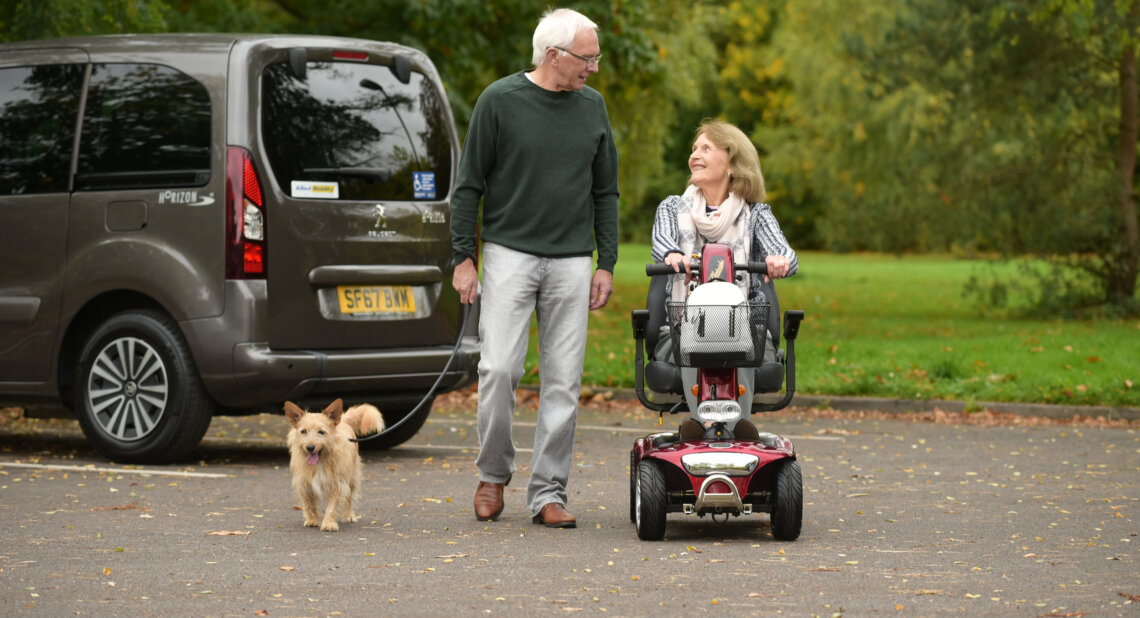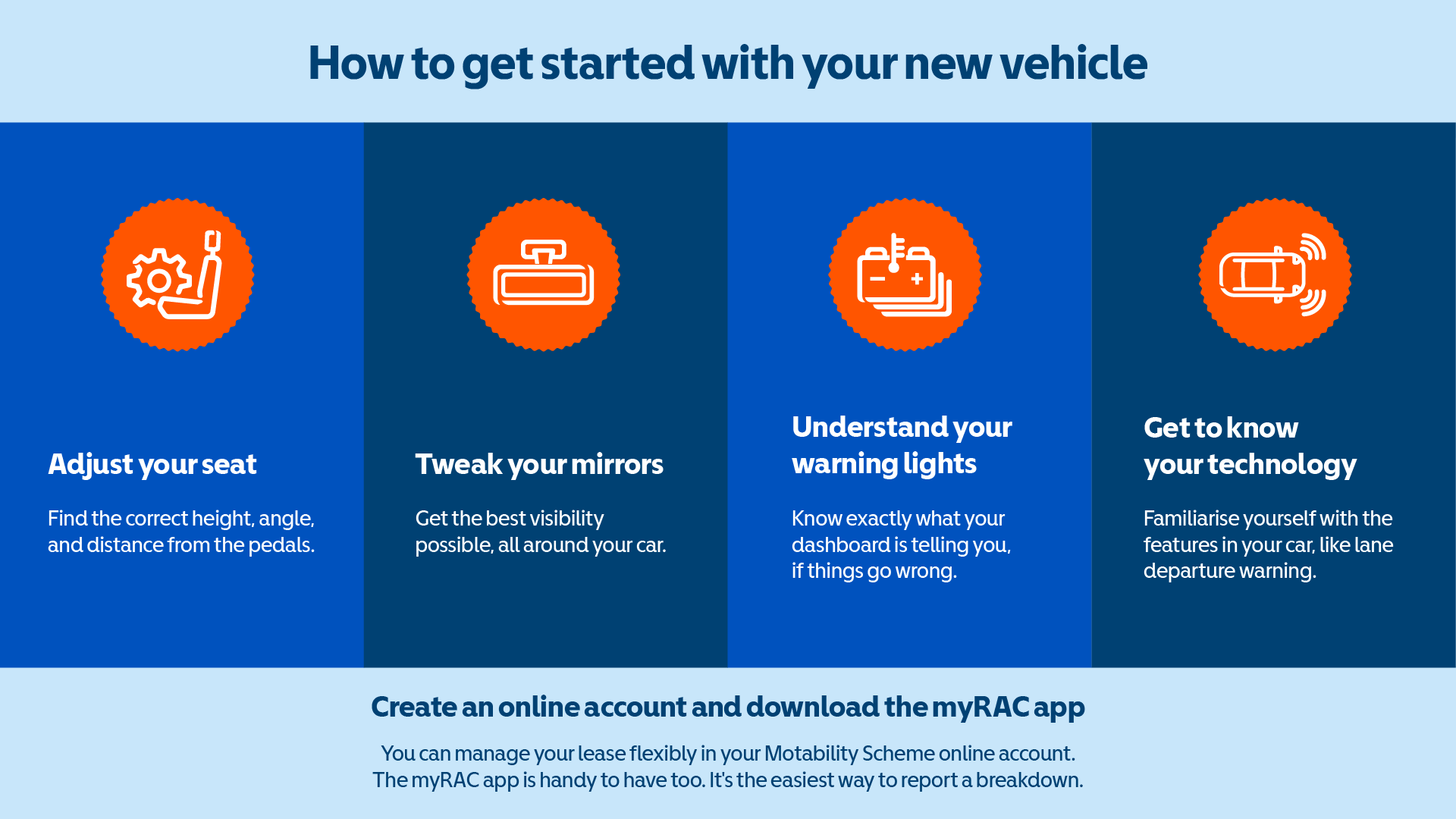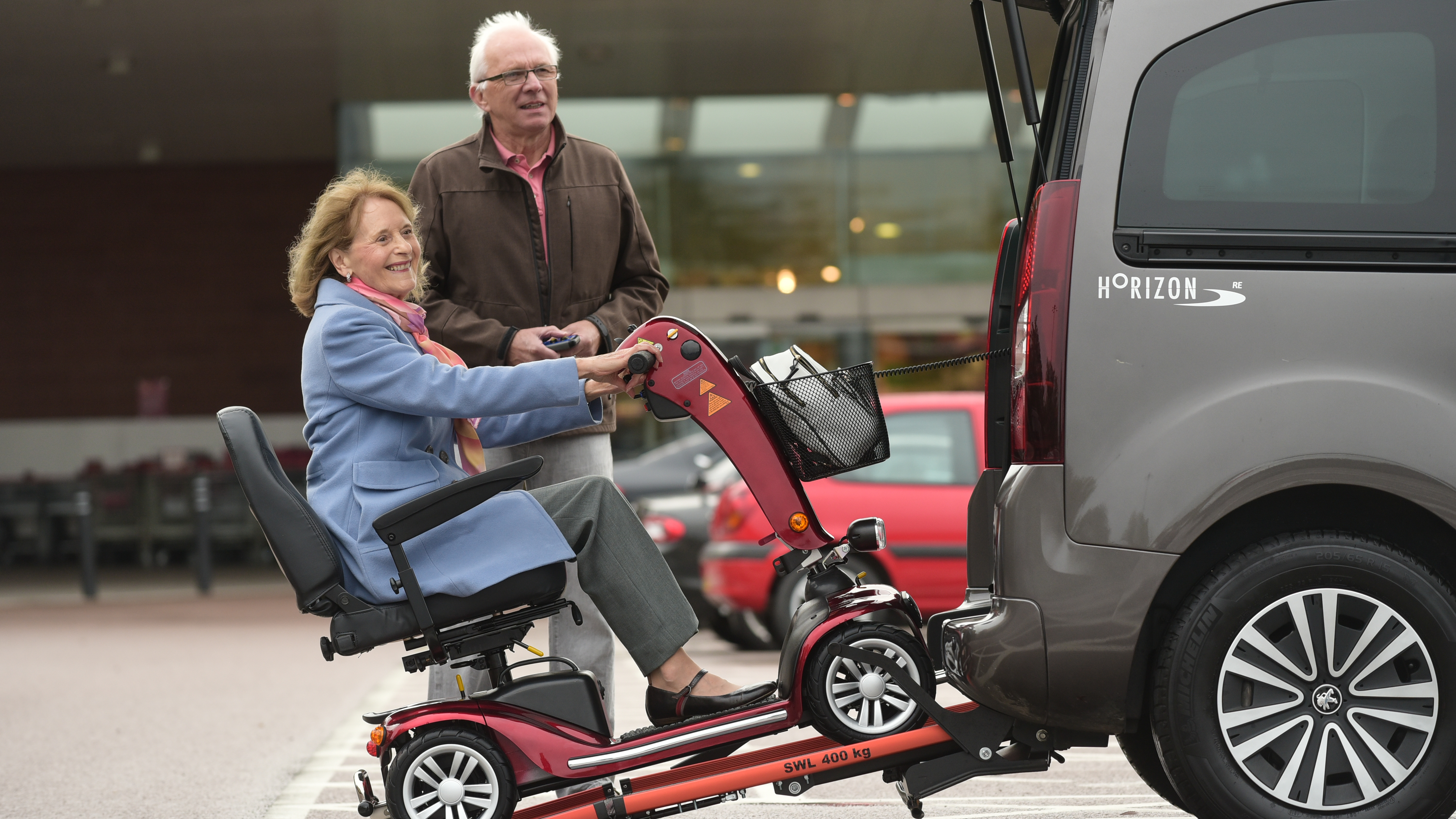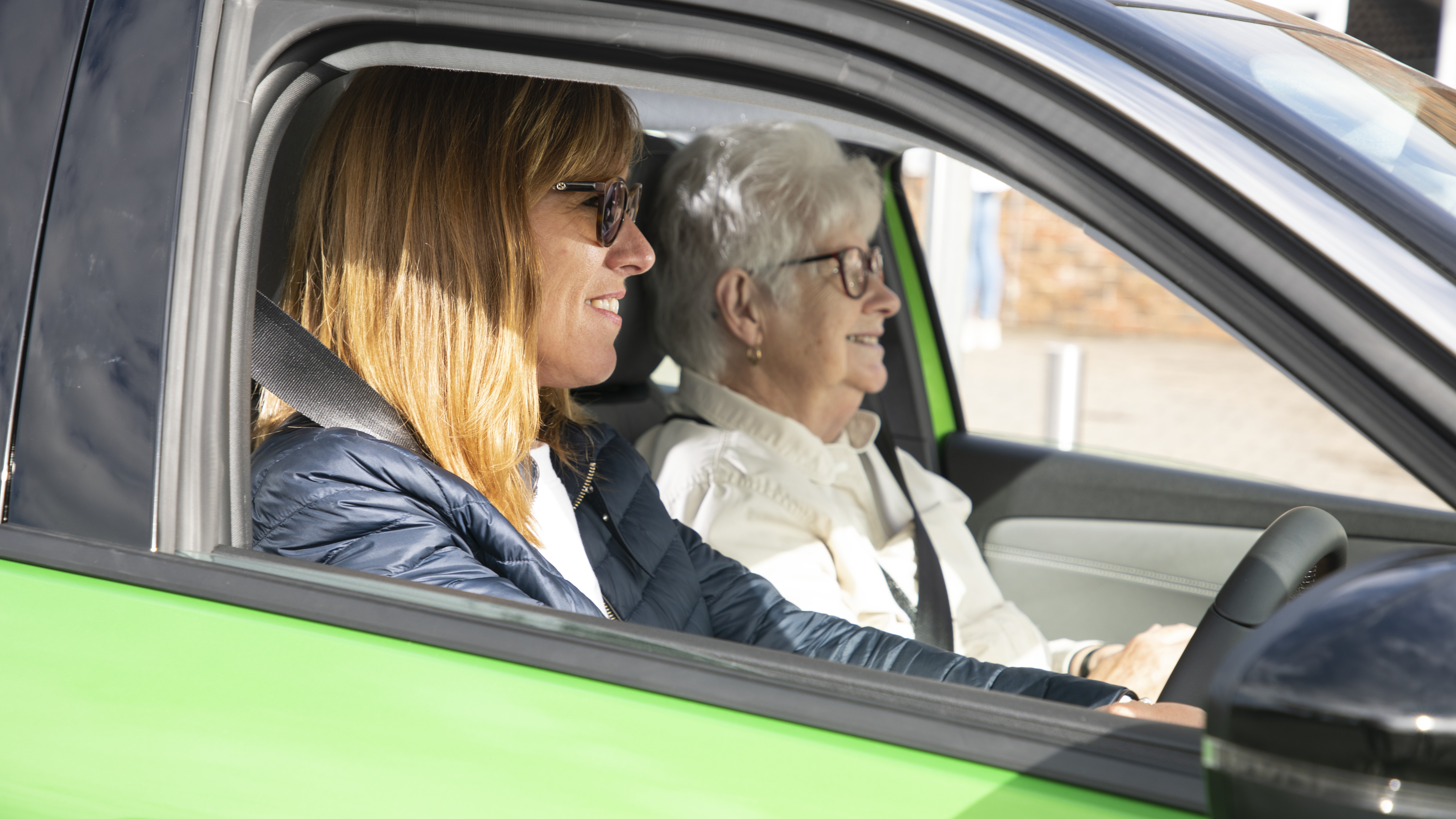Getting a different car or Wheelchair Accessible Vehicle (WAV) for your next Motability Scheme lease? We’ll help you get familiar with your new vehicle, so you’re confident on the road.
Getting a brand-new vehicle is exciting, especially if it’s a different make or model. But it’s important you get to know all its features before you head off on your first drive.
Technology’s always changing, and your new car or WAV might be different to ones you’ve used before. Especially if you’re switching to an electric vehicle (EV).
If you’re choosing something new for your next Motability Scheme lease, we’ll help you get prepared.
Why getting used to your new vehicle matters
Not knowing how your vehicle works can cause things to go wrong on the road. Getting to know your new car or WAV will make it less likely you’ll have an accident.
Being properly prepared makes you more confident, and less stressed. It’ll put you more at ease on the road, and you’ll be safer.
Plus, you’re more likely to qualify for the Good Condition Payment at the end of your lease.
- Get familiar with your controls, safety features, and access
- Prepare before you set off
- Technology and features inside your car
- Tips for your first test drive
- Get your vehicle checked early and often
- What to do if you have a problem
- Become road-ready, in four steps
Get familiar with your controls, safety features, and access
Whether you’re getting a car or WAV, here’s everything you’ll need to get familiar with. Remember, it can take time to get used to these.
Controls
If you understand the controls in your car or WAV, you’ll be more in control on the road.
Even basics like how the clutch feels can feel new and be different, so take your time. Practice on quiet roads, and get used to them.
Safety features
Put your seatbelt on and see how it feels. You might need to adjust your seat to make your seatbelt sit better across your body. Some vehicles let you slide the seatbelt anchor up or down to help it fit comfortably.
If you’re in a WAV, you’ll likely have four belts that attach to the front and back of your wheelchair, to lock it in place. And a three-point seatbelt for the wheelchair passenger.
Your vehicle might have these too:
- Lane-keeping technology, to help you stay in lane on the motorway if you’re drifting
- Parking sensors, to let you know you’re getting close to an object
- A rear-view camera, so you can see what’s behind you
Get used to these too, at your own speed.
Ramps and lifts to help you get in and out of your WAV
WAVs come with lots of adapted features, to help you get in and out. Whether you’re getting a WAV with a ramp or a lift, make sure you or your carer try it out first. Some ramps are manual, and others are automatic, so their controls differ.
The best time to check these is during your demonstration, when you supplier brings a WAV to your home. You can read our tips on how to prepare, before your supplier arrives.
Have driving adaptations? Make sure you try them all out so that you know where the controls are, how they work, and what adjustments you might need to make.
Prepare before you set off
Before you drive anywhere, make sure you’re comfortable in the driver’s seat, if you’re the one driving.
Different cars and WAVs have different ways to adjust your seat and find your perfect driving position. Some are manual, but most will be electronic.
You might also need to adjust the steering wheel, so you can easily reach the indicator and wiper stalks. The best position is to have your arms slightly bent.
Lastly, adjust all your mirrors, so you have the best visibility around your car or WAV when you’re on the road.
Technology and features inside your car
Recently got your first electric vehicle (EV)? Any new vehicle will feel different to what you’re used to, but your first EV will feel more than a little different, at first.
You’ll find it’s a much smoother drive than a petrol or diesel vehicle. You’ll notice its acceleration power straight away, so be careful the first time go for a drive.
One of the great things about getting a new car or WAV on the Scheme is you’ll have the latest technology. Before you head out, get to know your new gadgets.
- Plug in your phone or pair it with Bluetooth and set up your favourite tunes, so you can enjoy them on the road
- Explore the menus on your infotainment screen. Go into settings and change the temperature or your satnav
- Use the buttons on the steering wheel to scroll, so you can stay focused on driving
- Get to know your cruise control. Especially adaptive cruise control, which keeps your speed and distance, relative to the car ahead. Just press and hold the button for a few seconds, then check your display to see if it’s turned on
If you’re not sure about any of the technology in your new car or WAV, have a look at your manual. In some vehicles, you’ll find this on the touchscreen.
If you change your features in any way, wait for the display to show it’s been ‘Set’ first, to make sure your changes have worked.
Tips for your first test drive
Always take a test drive before you choose your next car or WAV. This will help you get to know how your new vehicle drives, and how the controls different from your last.
Head out in a low traffic area or an empty car park. And remember to check things inside the vehicle, like the headroom.
If all your technology feels a little overwhelming, just start by getting to grips with the basic things you’ll use on your regular drives.
You’ll build your confidence over time. Only go on long or complex journeys once you feel you’re ready.
Get your vehicle checked early and often
The best way to stay on top of any issues with your vehicle is to get it checked often. It’ll help you get ahead of any problems, so they can be fixed quickly.
If you think anything might be wrong, or you’re seeing a warning light, try not to push it to the back of your to-do list. Get it checked early.
What to do if you have a problem
We give you servicing, maintenance and breakdown cover as part of your all-inclusive package.
If your vehicle just needs looking at, contact your dealer if you have a car, or your supplier if you have a WAV.
If you’ve broken down, pull over safely, turn your car off, then report your breakdown online. Or call RAC Motability Assist on 0800 73 111 73.
Become road-ready, in four steps
Now you know how to get familiar with your new vehicle. But you might not know how to ease yourself into driving your new car or WAV.
We recommend you follow this:
- Step one: set your seat and mirrors up, then get to know your controls and features
- Step two: practice driving around a quiet car park, with a friend
- Step three: drive on quiet roads, to build your confidence
- Step four: drive all your usual, local routes
If you’re completely new to WAVs, make sure you give yourself more time. It’s a big vehicle, and you’ll need to get used taking corners differently.
Lastly, and importantly, remember to enjoy your new vehicle, and all the latest technology and features that come with it.
You can do a lot in your Motability Scheme online account
Here’s everything you can do in your online account. Log in today.
Related articles
Everything you can do in your Motability Scheme online account
![]()










